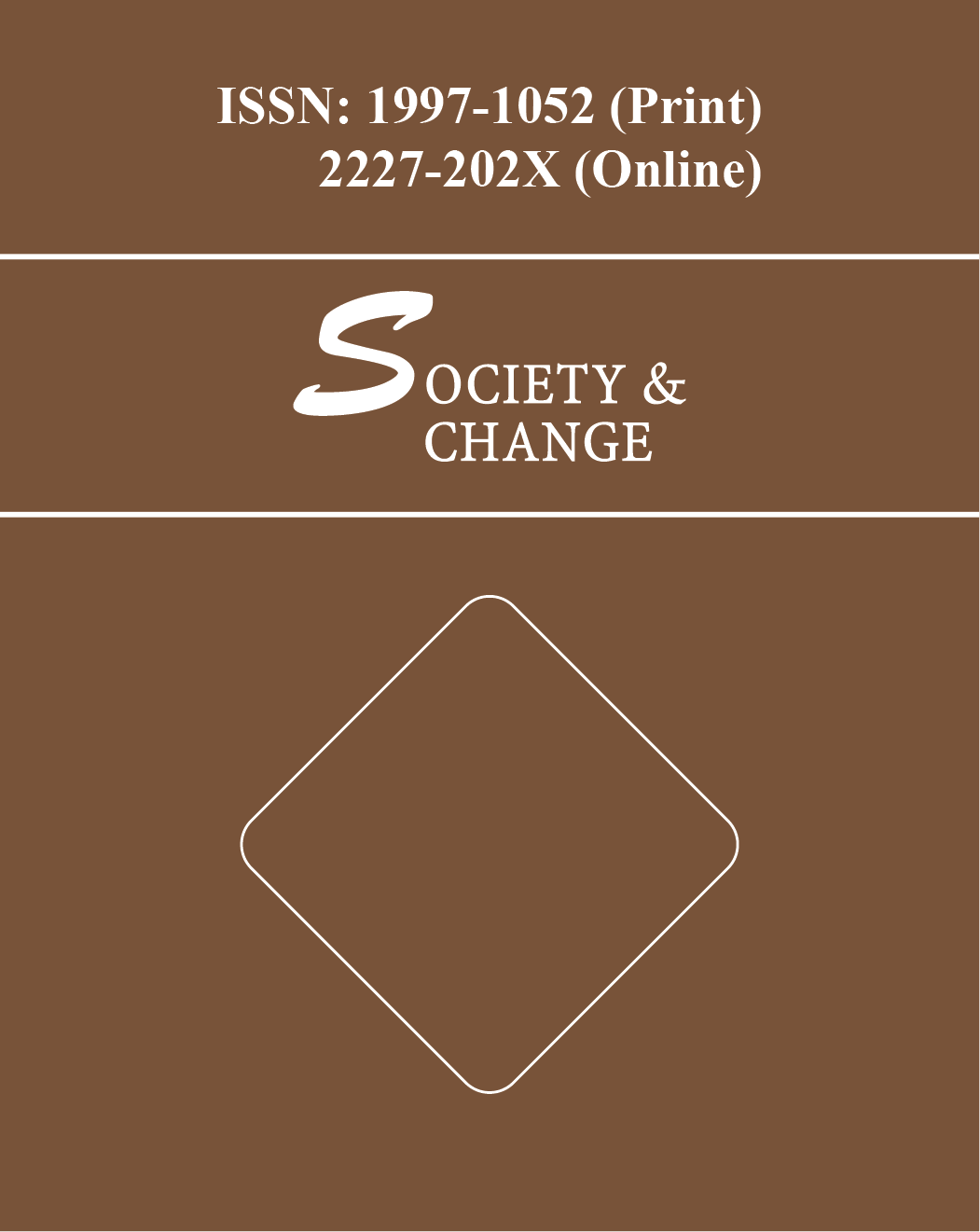Thalassemia is an inherited genetic blood disease that causes excessive destruction of red blood cells and leads to anemia. The special characteristics of this disease is that, only when both the parents are carriers of thalassemia, there is the chance of giving birth of a child inheriting ‘thalassemia major’. If only one of the parents is a carrier of thalassemia, there is the chance of giving birth of child with ‘thalassemia minor’ which generally does not show major symptoms of thalassemia, the child would lead normal life, but be only the carrier of thalassemia. The symptoms of ‘thalassemia major’ is life threatening. Regular blood transfusions at every 2-4 weeks are the only treatment for such patients. The genetic cause of thalassemia was discovered in the 1970s. But the medical cure of this disease is yet to be discovered. Considering the nature of the disease inherited from parents, thalassemia can effectively be prevented by pre-marital or prenatal mandatory blood screening legislation identifying thalassemia carriers among couples. Many countries, such as, Cyprus, Sri Lanka, Saudi Arabia, United Arab Emirates, Iran, Lebanon, Bahrain, Qatar, have gained remarkable success adopting such anti-thalassemia legislation and national policy for it. Bangladesh has attained considerable success in many other areas like reduction of child mortality, birth rate control, child marriage prevention, vaccinations etc. But it paid little attention to thalassemia. Within near future this disease is likely to appear as great national tension for Bangladesh. This article examines the national policy to be adopted in such anti thalassemia legislations and addressing the related social contingencies.



 INSEARCH 2025: 10th International Integrative Research Conference on Governance in Society, Business and Environment
INSEARCH 2025: 10th International Integrative Research Conference on Governance in Society, Business and Environment